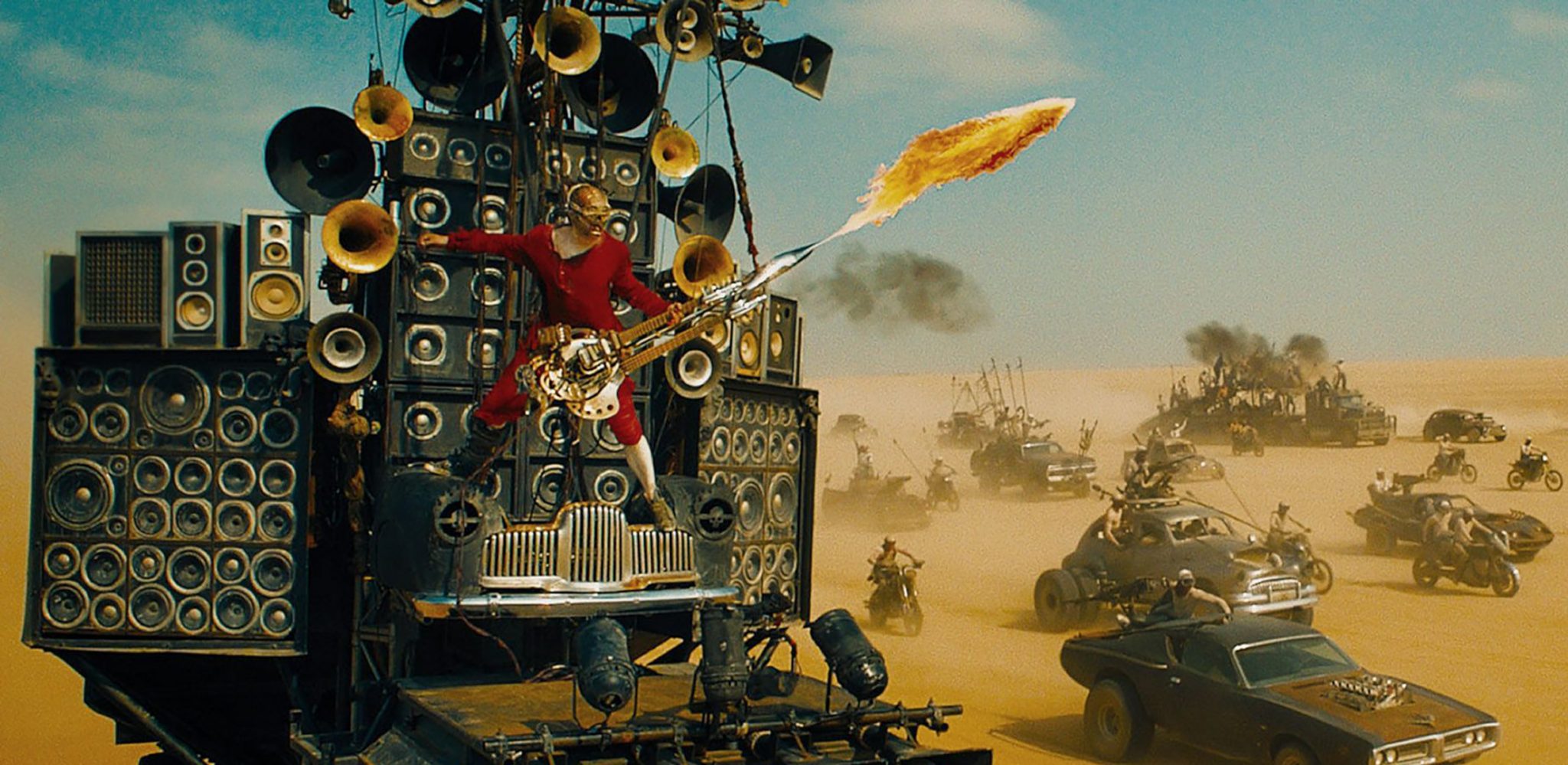Do we inhabit a space of daring innovation or tribal conformity?
To keep myself entertained during the drudgery of park runs, I’ve lately tried listening to the ‘running stories’ on a fitness app. The one I selected the other day involved an American reminiscing about living in Vienna and the memorably wild times he’d had when an adventurous friend took him to: a) an outrageous art performance in a warehouse on the edge of the city, and b) a private view where they were surrounded by – awestruck emphasis on the narrator’s part – “super-rich collectors”. At that I had to lean against a tree awhile, chortling, while at the same time remembering a salient fact: the straight world thinks the artworld is a crazy and exceptional place, while most of my right-thinking friends within it reckon, based on experience, that it’s a largely straitlaced and conformist one.
Then again, some conformity in contemporary art is necessary, even useful. Just as every new language has a trace of the old (Esperanto, for instance), new art is in dialogue with the art that came before it. Each fresh wave of art students has to understand the present state of the discourse before they can converse – ideally, to bring new phrases into the conversation, rather than endlessly repeating stock ones. Innovative art needs to found itself upon what already exists, otherwise it runs the risk of being incomprehensible, completely detached from the background culture. Painters still paint on rectangular canvases – shaped ones ran their briefly eye-catching course; tondos are a byword for kitsch – and art is full of similar formal presets, the problem being when an artist takes a formal preset and adds preset content, leading to instant digestibility and forgettability. Which doubtless you’ve seen happen. Further, what we’re often rewarding in new art is the location of a fractional amount of wiggle room: something that wasn’t done before, but that operates smartly in relation to what was, that we can still see, that fits invisible agendas concerning what’s currently, if intangibly, in vogue, and that potentially carves out a bit more space in which to manoeuvre.
The artworld – the monolithic phrase gets us around ‘art industry’, which is what it is as surely as galleries are shops – also, on a human/biological level, obviously encourages conformity. Black outfits for the rebels, or sometimes one particular shade of blue suit. A tight cadre of favoured designers. That works because people, generally, want to belong to something – we are tribal creatures – and in that sense conformity is an emotional good (let’s momentarily elide the gallery assistant spending all their salary on the mandated expensive clothing they need).
At the same time, it’s possible mentally to sideline such structural orthodoxies because this ‘world’ is something of a bubble. If someone suggests that contemporary art is just basically ridiculous, that’s the voice of the middlebrow, the philistine, easy to shrug off and perhaps, today, antiquated. It rings oddly when someone smart says it, as when the novelist and critic Rachel Kushner – writing of Jeff Koons – says ‘…visual artist, a career generally met with suspicion, if not derision’. Some of us, especially as the artworld has accrued more mainstream attention in recent decades, have gotten used to contemporary art being treated with (vague, baffled) respect from outside – partly (OK, mostly) because of the money and glamour, but also the nebulous sense that it’s considered in the wider world to be a space of brave innovation. And who doesn’t want to be part of that? Here, wild performances are forever going on at the edge of town.
A rare space, then, if one propped up by economic speculation and status anxiety. From the inside, a nuanced perspective might suggest that most artists are broadly following pre-dug grooves and intermittently taking an interesting wobble off them. From the outside, it appears – or even from halfway inside, eg a first date at Tate Modern – a lot of this stuff is wacky spectacle, super-rich people like it, and it’s where some kind of cultural change is constantly fermenting. Meanwhile the world carries on its way. The rich get richer. The politicians get more brazen. The politicised artists tell themselves that change is unpredictable, and comes about by changing mindsets one at a time, while they chant variations on the mantra that ‘you have to be in it to win it’. Which may also be true.
Yet the converse model, the got-the-3am-paranoia-blues one – which nods vaguely in the direction of Pierre Bourdieu’s conceptions of cultural legitimation – is that contemporary art as a whole serves a useful safety-valve function in contemporary society as an apparent ongoing locus of radical, somewhat anti-establishment thought. That is, there’s still a hazy outer region of progress and transformative activity, and it’s these sincere creative people constantly beavering away at what Missy Elliott, in another context, cogently called ‘some new shit’, plus now against a fancy aspirational backdrop of parties and galleries on islands and superyachts and the like. To a degree this is true – there is always some new shit – though not necessarily as much as advertised, and the cartoon picture of contemporary art as de facto experimental and change-focused is also, arguably, one that can be instrumentalised by the forces of conservatism: they’re doing it, so you don’t have to. Am I overthinking this, underthinking it? Well, whatever: I’ve hit my designated word count – can’t transgress that – and it’s time to go back to the park and run, with the others, in circles.
